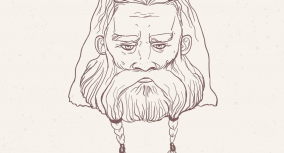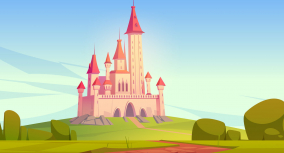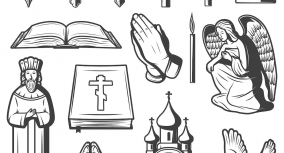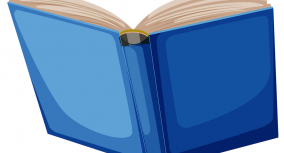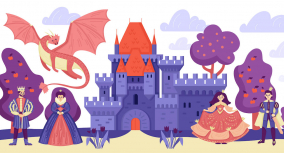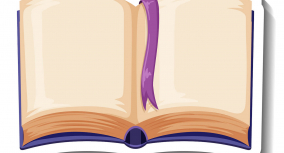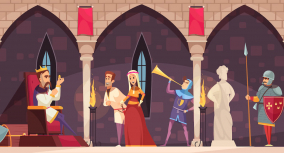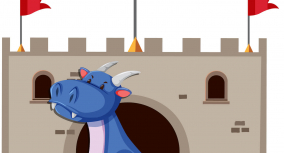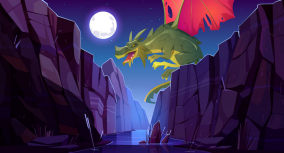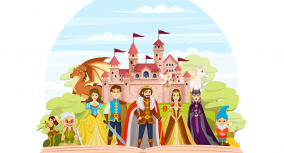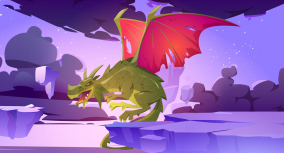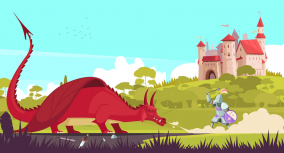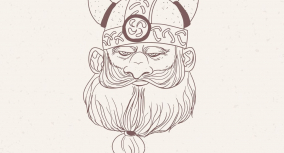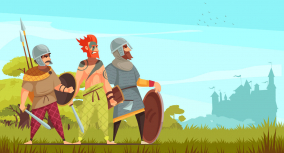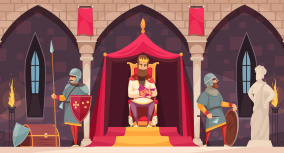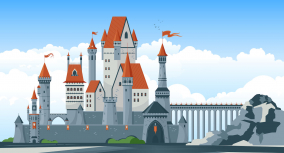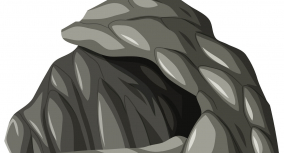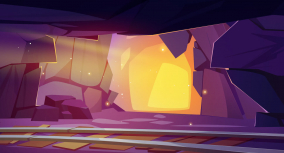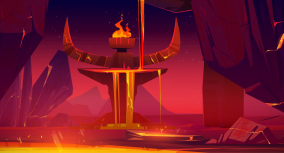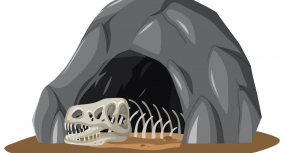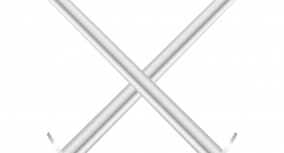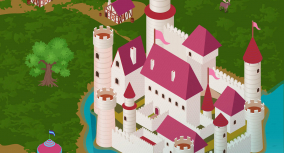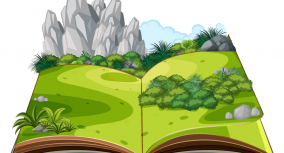Traditionally, epic literature is formed as a long and narrative poem. It also has such literary devices as kennings and rich imagery. Epic poems do not have a rhyme in the sense of modern poetry. Instead, their unique form is achieved by alliteration and rhythm. An indispensable criterion is the presence of an epic hero who is the greatest of all other people.
Beowulf is a long narrative epic poem. It consists of 3,182 lines and is divided into 16 chapters. The central part describes the events that took place over about 50 years. However, the introduction is a retrospective journey into the history of Danish kings and their great deeds.
The poem creates a full imaginative experience for its readers. The detailed descriptions of visual and sensual imagery make us “feel” how it was like to be a medieval person. The language of the poem raises an emotional response. That is why this book is called a poem. Besides, kennings make up about one-third of the whole text. These are condensed metaphors, like “sky-candle” for the sun or “the war-king” for Beowulf. They make the text more informative and emotional.
The poem consists of alliterative verses. Seamus Heaney usually used only two alliterated words in a line in his translation, but the original has more. For example, “And there the warriors stood in their war-gear.” Bards chanted epic poems, and such verse form facilitated their memorizing. Rhythm is more important than rhyme in epic poetry, which can be absent at all.
Finally, an epic poem always has an epic hero who is stronger, braver, and greater than all the other characters. Such protagonists described are role models for other people and rarely have any negative traits.
Thank you for reading this article! If you are looking for essay title ideas on Beowulf, take a look at our essay topic collection or try using our title-generating tool.
